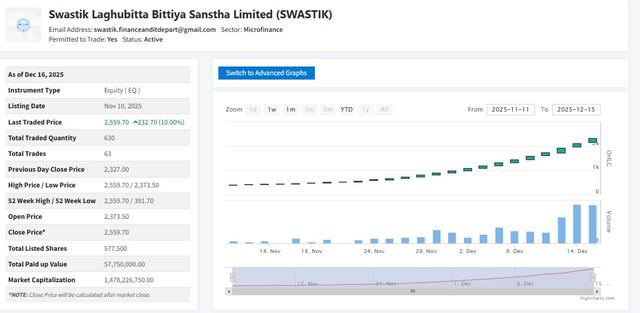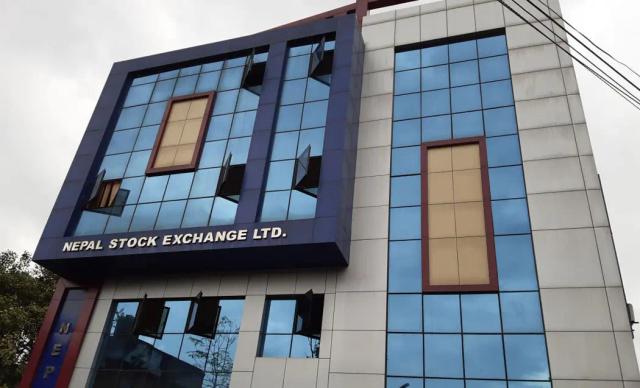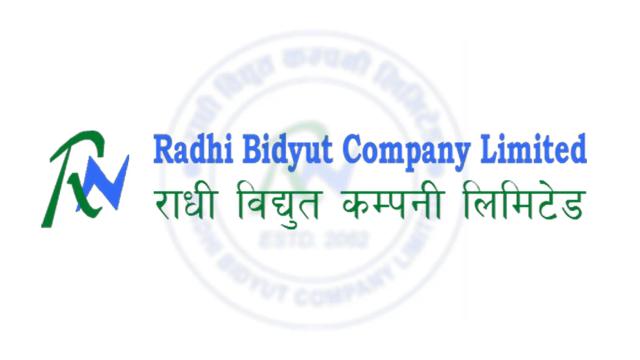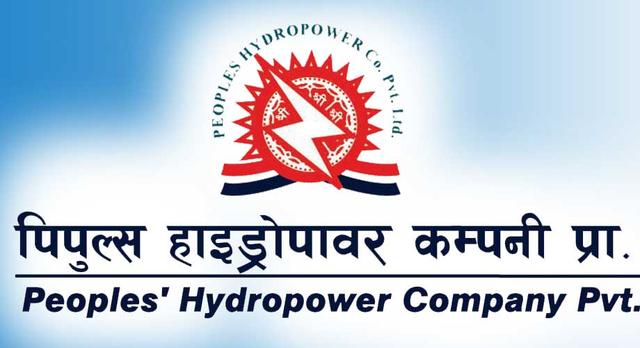NRB’s 11-Month Economic Report: Surge in Forex Reserves, Remittance Inflows, Controlled Inflation, and Positive Credit Growth
Author
NEPSE TRADING

Nepal Rastra Bank (NRB) has published the economic and financial report for the first eleven months of the fiscal year 2081/82 (2024/25). The data reveals strong performance in foreign exchange reserves, remittance inflows, current account balance, and controlled inflation, alongside growth in bank deposits and credit flow to the private sector.
Foreign Exchange Reserves Cross NPR 2.5 Trillion, Up 25.9%
By the end of Jestha, Nepal's gross foreign exchange reserves reached NPR 2.569 trillion, marking a 25.9% increase from NPR 2.041 trillion in the same period last year. In USD terms, reserves climbed 22.2% to USD 18.65 billion from USD 15.27 billion.
NRB holds NPR 2.374 trillion in reserves, while banks and financial institutions hold NPR 294.92 billion. Indian currency comprises 20.5% of the total reserves. The current reserves are sufficient to cover 17.6 months of goods imports and 14.7 months of goods and services combined.
Remittance Inflows Up 15.5%, Cross NPR 1.5 Trillion
Remittance inflows surged 15.5% year-on-year, reaching NPR 1.532 trillion in the review period. In Jestha alone, Nepal received NPR 176.32 billion in remittances – up from NPR 128.91 billion in the same month last year. In USD, remittances increased by 12.7% to USD 11.25 billion.
Net transfer income rose to NPR 1.683 trillion, compared to NPR 1.431 trillion last year. During the review period, 452,324 Nepalis received new labor permits, while 308,067 obtained re-entry permits – both figures up from the previous year.
Inflation Falls to 2.72%, Lowest in Years
Annual point-to-point inflation based on the Consumer Price Index (CPI) fell to 2.72% – down from 4.17% a year earlier. Food and beverage inflation was only 0.54%, while non-food and service inflation was 3.94%.
Within food items, ghee and oil prices rose by 10.06%, while vegetable prices dropped 7.04%. Among non-food items, inflation was highest in miscellaneous goods and services (9.43%), followed by clothing and footwear (6.82%), education (5.88%), and furnishings (5.06%).
Regionally, inflation was 2.9% in rural areas and 2.66% in urban areas. Province-wise, Koshi and Himalayan regions recorded the highest inflation at 4.18%, while Gandaki had the lowest at 1.75%.
Current Account Surplus Reaches NPR 307 Billion
Nepal's current account recorded a surplus of NPR 307.31 billion in the eleven months of FY 2081/82, up from NPR 200.38 billion last year. In USD terms, the surplus increased to USD 2.26 billion from USD 1.51 billion.
Net capital transfers stood at NPR 8.96 billion, and foreign direct investment (equity only) reached NPR 11.09 billion – higher than last year’s NPR 8.24 billion. Balance of payments (BoP) also remained positive, with a surplus of NPR 491.44 billion (USD 3.62 billion), up from NPR 425.67 billion (USD 3.20 billion) last year.
Growth in Bank Deposits and Private Sector Credit
Banks and financial institutions saw deposit collection grow by 8%, and credit to the private sector rose by 8% during the review period. On a year-on-year basis, deposit growth reached 12%, and credit expansion stood at 8.7%.
Broad money supply grew by 8.2%, with annual growth reaching 12%. These figures indicate a stable monetary environment, though credit demand remains moderate.
NRB Absorbs NPR 21.34 Trillion in Liquidity
To manage excess liquidity, NRB absorbed a total of NPR 21.34 trillion from the banking system: NPR 2.784 trillion through reverse repo auctions and NPR 18.558 trillion via Standing Deposit Facility. Last year, NRB had absorbed only NPR 19.08 trillion.
Additionally, NPR 2.70 billion was withdrawn through the overnight liquidity facility. Interbank transactions among commercial banks and other financial institutions totaled NPR 1.681 trillion.
In the forex market, NRB purchased USD 5.01 billion and injected NPR 673.25 billion into the system. It also bought INR equivalent to NPR 471.39 billion by selling USD.
Government Debt and Fiscal Position
Government internal borrowing grew by 3.4% as of Jestha end, slightly less than last year's 3.5%. On a year-on-year basis, internal debt rose by 6%. However, the net claims of the monetary sector on the government declined by 22.1%, indicating lower dependency.
Conversely, claims on the private sector rose by 8.7%, showing increased credit demand from businesses and households.
The NRB’s 11-month economic review signals a significant improvement in Nepal’s macroeconomic fundamentals. Rising forex reserves, increasing remittance inflows, contained inflation, and a positive current account indicate strong external sector health. While liquidity remains high, NRB has actively absorbed excess money from the system, maintaining monetary stability.
However, slower credit growth and cautious private sector borrowing suggest the need for continued policy support to boost investment and consumption. Overall, the report paints a promising picture of Nepal's financial health heading into the next fiscal year.



